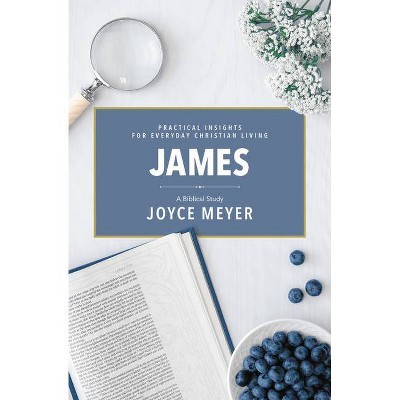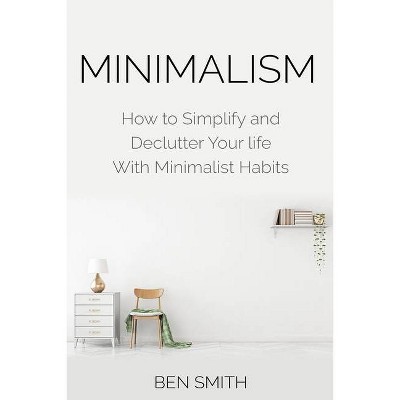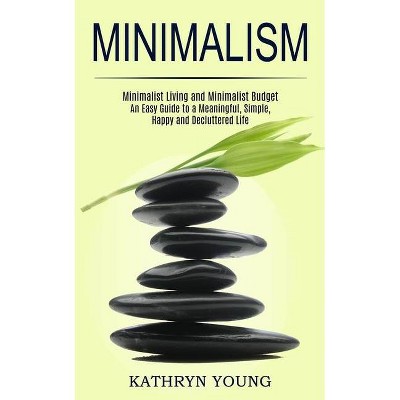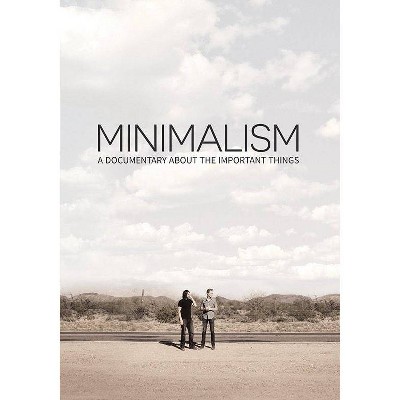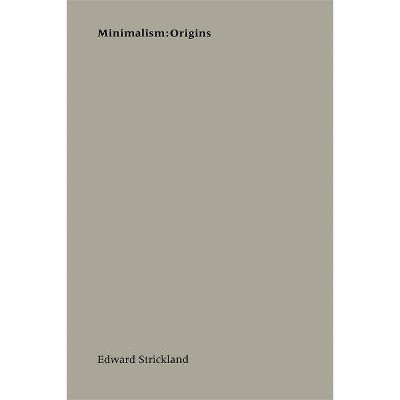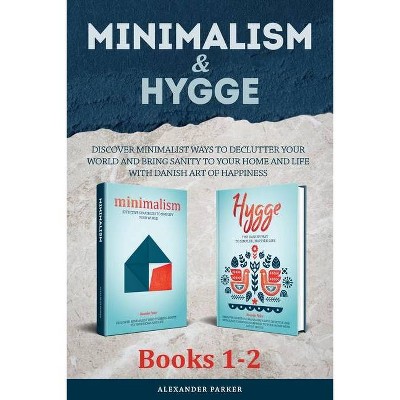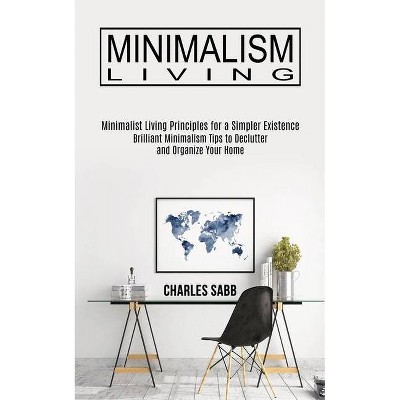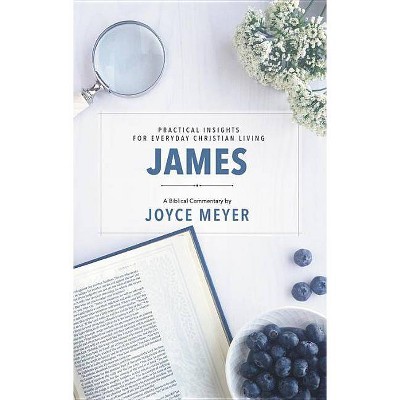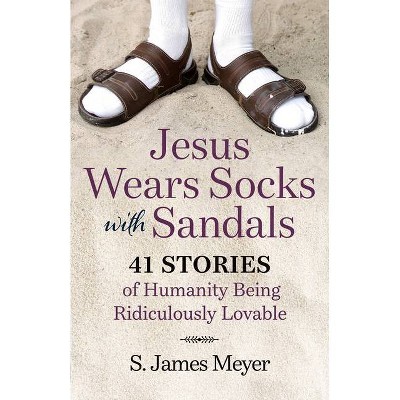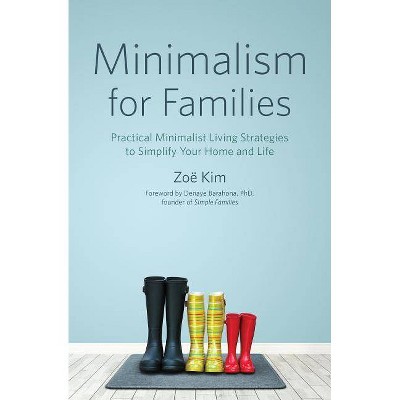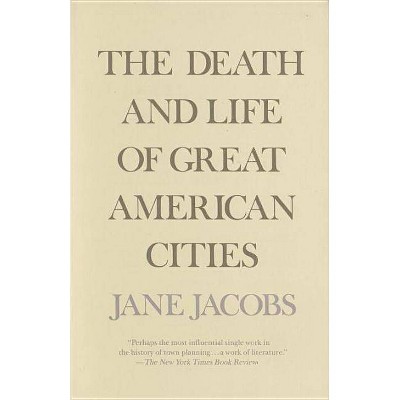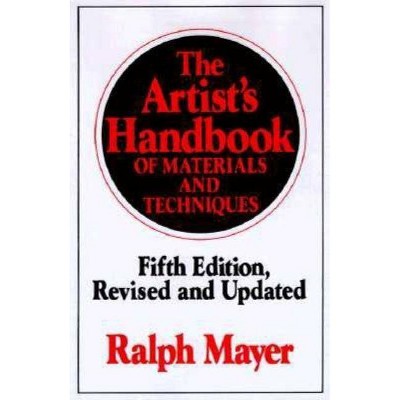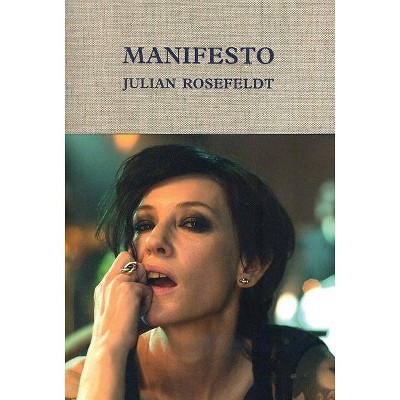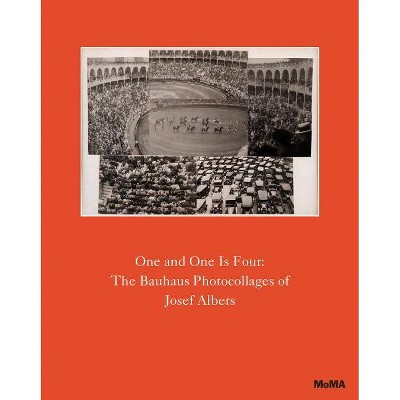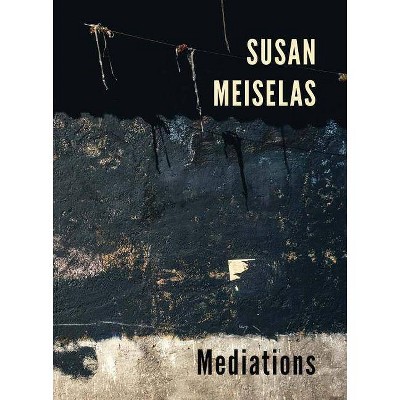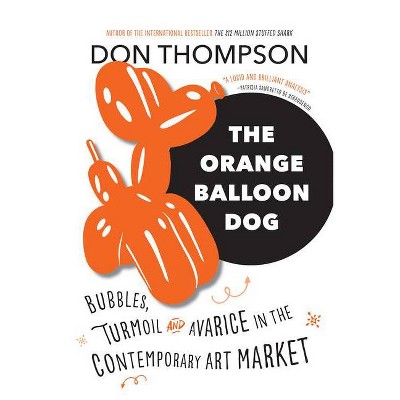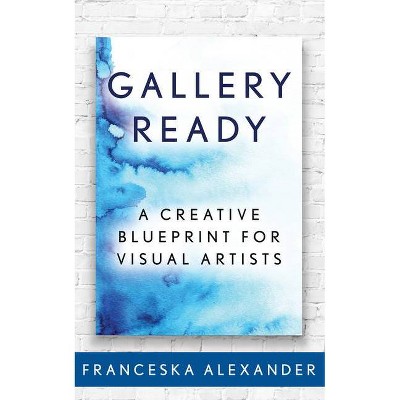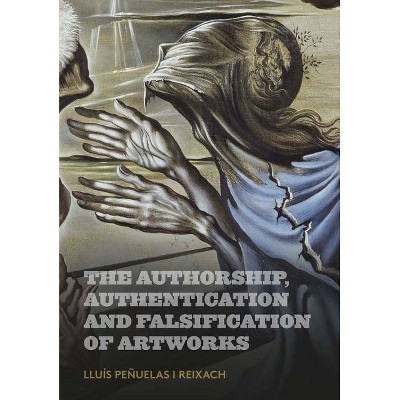Minimalism - by James Meyer (Paperback)
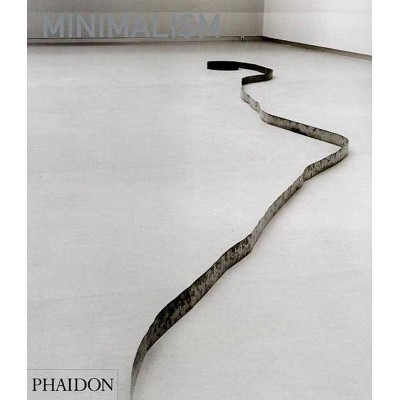
Similar Products
Products of same category from the store
AllProduct info
<p/><br></br><p><b> About the Book </b></p></br></br>Beautifully illustrated and internationally recognized as the definitive survey of Minimalism.<p/><br></br><p><b> Book Synopsis </b></p></br></br>A beautifully illustrated book, internationally recognized as the definitive survey of Minimalism.<p/><br></br><p><b> Review Quotes </b></p></br></br><br><p>Readers will learn as much about the subject as one book can be expected to deliver.--<i>Barry Schwabsky, Bookforum</i></p><p>Well written... An excellent 'Documents' section that allows a proper investigation of the movement's theoretical bases.--<i>Art Review</i></p><br><p/><br></br><p><b> About the Author </b></p></br></br><p>James Meyer is a writer and art historian who has been teaching contemporary art and critical theory at Emory University, Atlanta, since 1994. He is a noted specialist and lecturer in Minimalism, as well as other forms of American art of the 1960s, and contemporary forms of institutional critique. </p><p>Meyer has written extensively on Minimal artists. Publications include <i>Minimalism: Art and Polemics in the 1960s</i> (Yale, 2001); he has contributed essays to <i>Mel Bochner: Thought Made Visible 1966-1973</i> (Yale, 1995); <i>Ellsworth Kelly: Sculpture for a Large Wall, 1957</i> (Matthew Marks Gallery, 1998); <i>Eva Hesse: A Retrospective</i>, ed. Elisabeth Sussman (San Francisco Museum of Modern Art, 2002); <i>Conceptual Art: Theory, Myth, Practice</i> (Cambridge, 2004) and <i>A Minimal Future</i> (Museum of Contemporary Art, Los Angeles, 2004). He is the editor of <i>Carl André, Cuts=Texts, 1999-2004</i> (MIT Press, 2005) and has contributed to journals <i>Artforum</i>, <i>Art Magazine</i>, <i>Flash Art</i> and <i>Parkett.</i></p>
Price History
Price Archive shows prices from various stores, lets you see history and find the cheapest. There is no actual sale on the website. For all support, inquiry and suggestion messages communication@pricearchive.us
